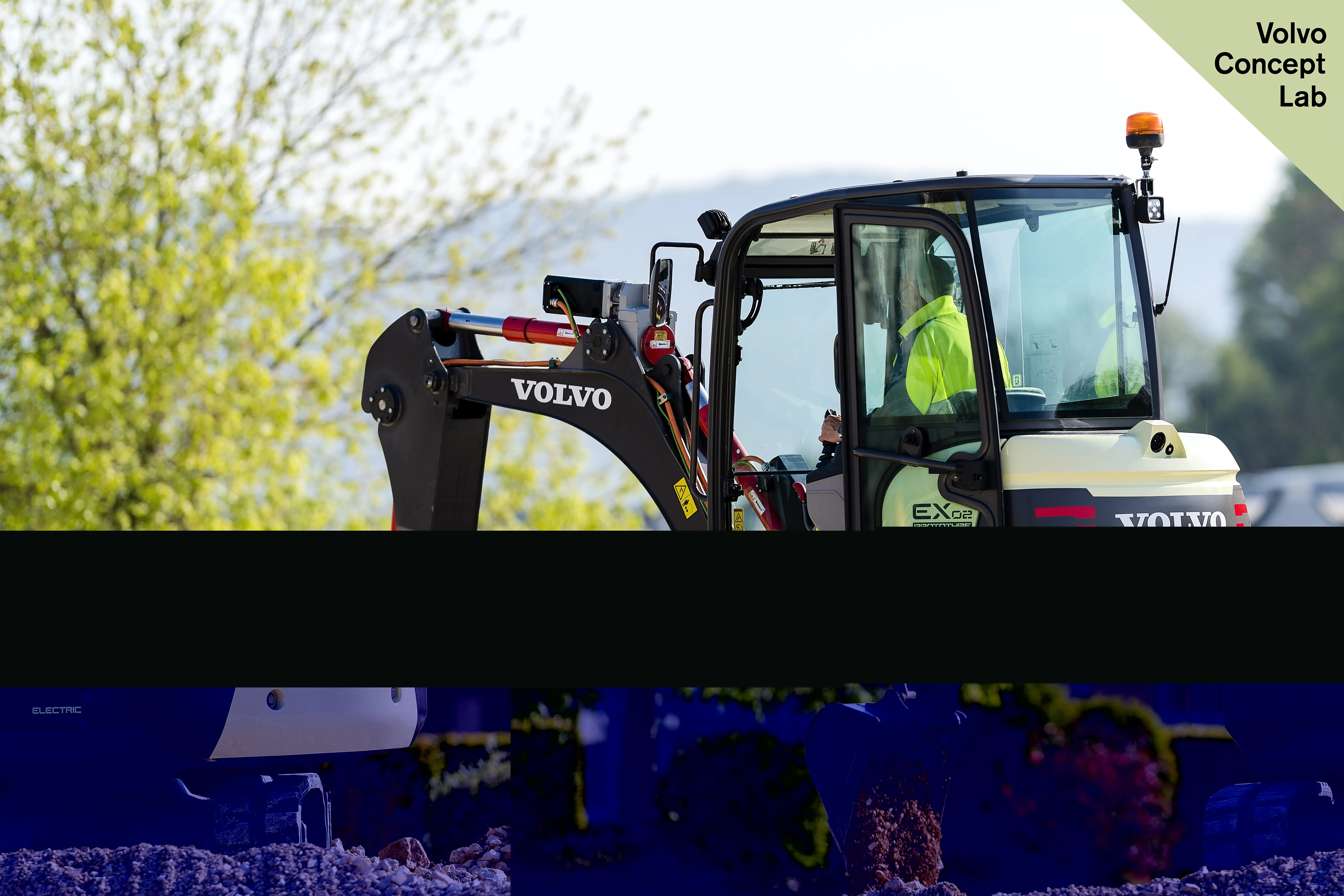The US
The list highlights key safety improvements that can be made across all transport modes to prevent incidents, minimise injuries and save lives. “The Most Wanted List is our road map from lessons learned to lives saved,” stated the NTSB. “We urge lawmakers, industry, and every American to learn more about what they can do to implement and champion these critical safety improvements.”
In relation to highway transportation (as well as other forms of transportation), the list includes: eliminating distractions; reducing fatigue-related incidents; ending alcohol and other drug impairment. It also includes ensuring new vehicles feature collision avoidance systems, implementing a comprehensive strategy to reduce speeding-related crashes and ensuring vehicles offer better occupant protection.
Improving US road safety and cutting crashes
The US National Transportation Safety Board (NTSB) has unveiled a list of key targets needed to boost road safety. Driver distraction, fatigue and impairment are key issues needing to be addressed according to the NTSB’s ‘2019-2020 Most Wanted List of Transportation Safety Improvements’.
The list highlights key safety improvements that can be made across all transport modes to prevent incidents, minimise injuries and save lives. “The Most Wanted List is our road map from lessons learned to lives saved,”
February 8, 2019
Read time: 2 mins






